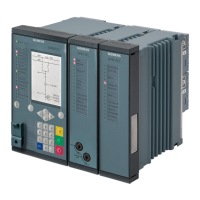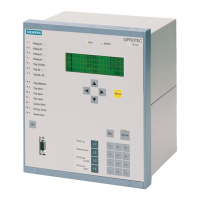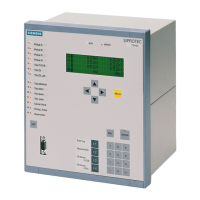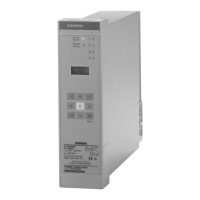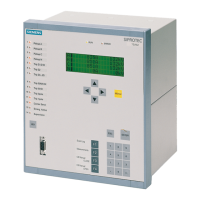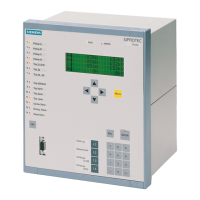Functions
2.42 Monitoring Functions
SIPROTEC, 7UM62, Manual
C53000-G1176-C149-7, Release date 03.2010
286
This malfunction is reported as „Fail U balance“.
If the 90% stator earth fault protection functions are active, a zero voltage results on voltage asymmetry. If this
causes protection pickup, monitoring is relegated to the background and issues no indication.
Figure 2-134 Voltage symmetry monitoring
Phase Sequences of Current and Voltage
To detect any swapped phase connections in the voltage and current input circuits, the phase sequence of the
phase-to-phase measured voltages and the phase currents is checked by monitoring the sequence of same
polarity zero transitions of the voltages having the same sign.
Direction measurement with cross-polarized voltages, path selection for impedance protection, evaluation of
positive sequence voltages for undervoltage protection and unbalanced load detection all assume a clockwise
phase sequence. The current phase rotation is checked and reported individually for side 1 and side 2.
Phase rotation of measured voltages is checked by verifying the phase sequences of the voltages
U
L1
leads U
L2
leads U
L3
and of the phase currents, in each case
I
L1
leads I
L2
leads I
L3
.
Verification of the voltage phase rotation is performed when each measured voltage is at least
|U
L1
|, |U
L2
|, |U
L3
| > 40 V/√3
Verification of the current phase sequence is performed when each measured current is at least
|I
L1
|, |I
L2
|, |I
L3
| > 0.5 I
N
.
For abnormal phase sequences (L1, L3, L2), the indications „Fail Ph. Seq. U“, (No. 176) or
„FailPh.Seq I S1“, (No. 265) are issued for side 1, or the indication „FailPh.Seq I S2“, (No. 266) for
side 2, as well as an OR combination of these indications „Fail Ph. Seq.“, (No. 171)
For applications where a counter-clockwise measured values phase sequence appears, this must be notified
to the device via the parameter 271 PHASE SEQ. or an accordingly allocated binary input. If the phase se-
quence is changed in the relay, phases L2 and L3 internal to the relay are reversed, and the positive and neg-
ative sequence currents are thereby exchanged (see also Section 2.47). The phase-related messages, mal-
function values, and measured values are not affected by this.
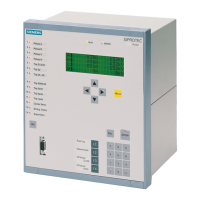
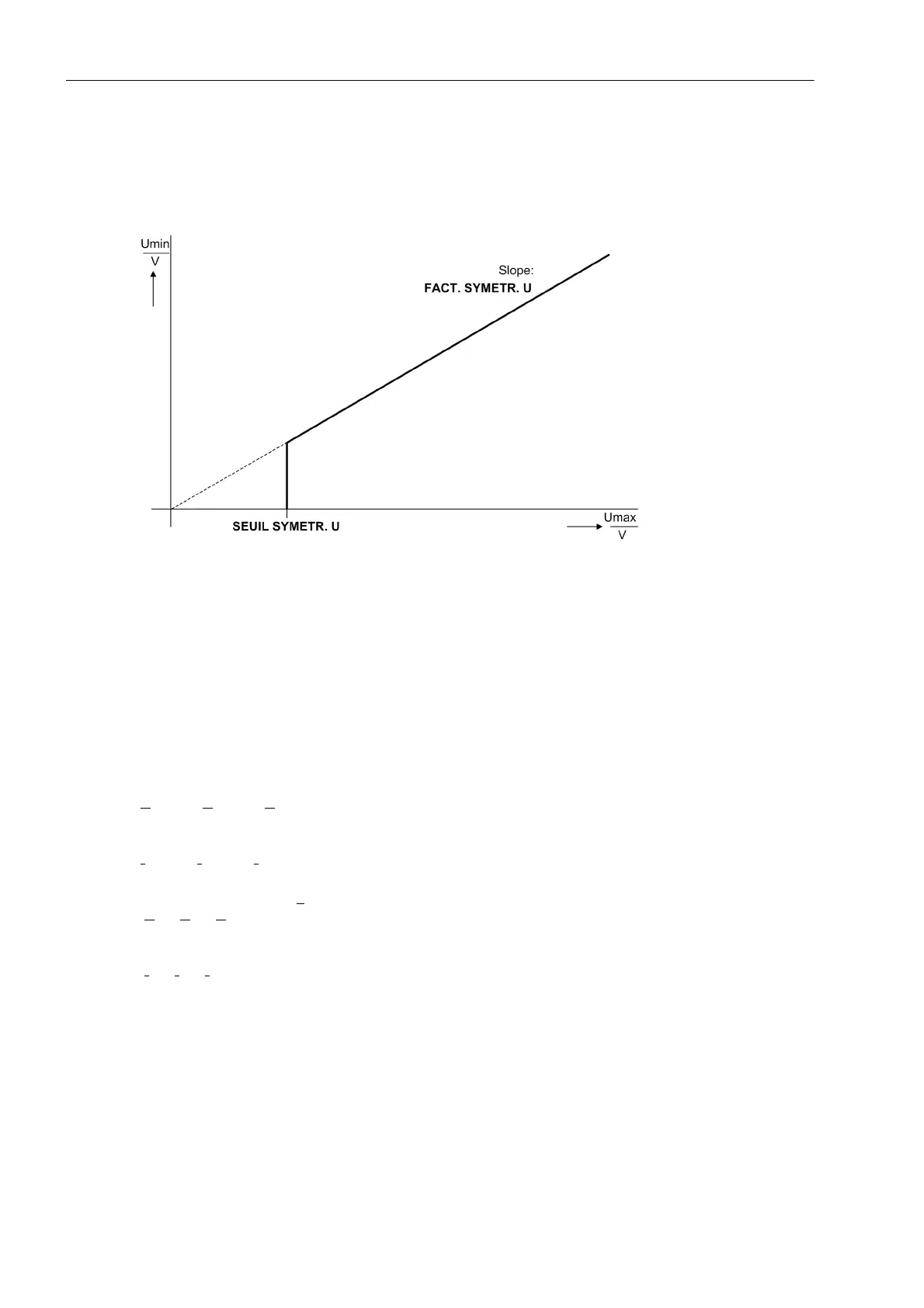